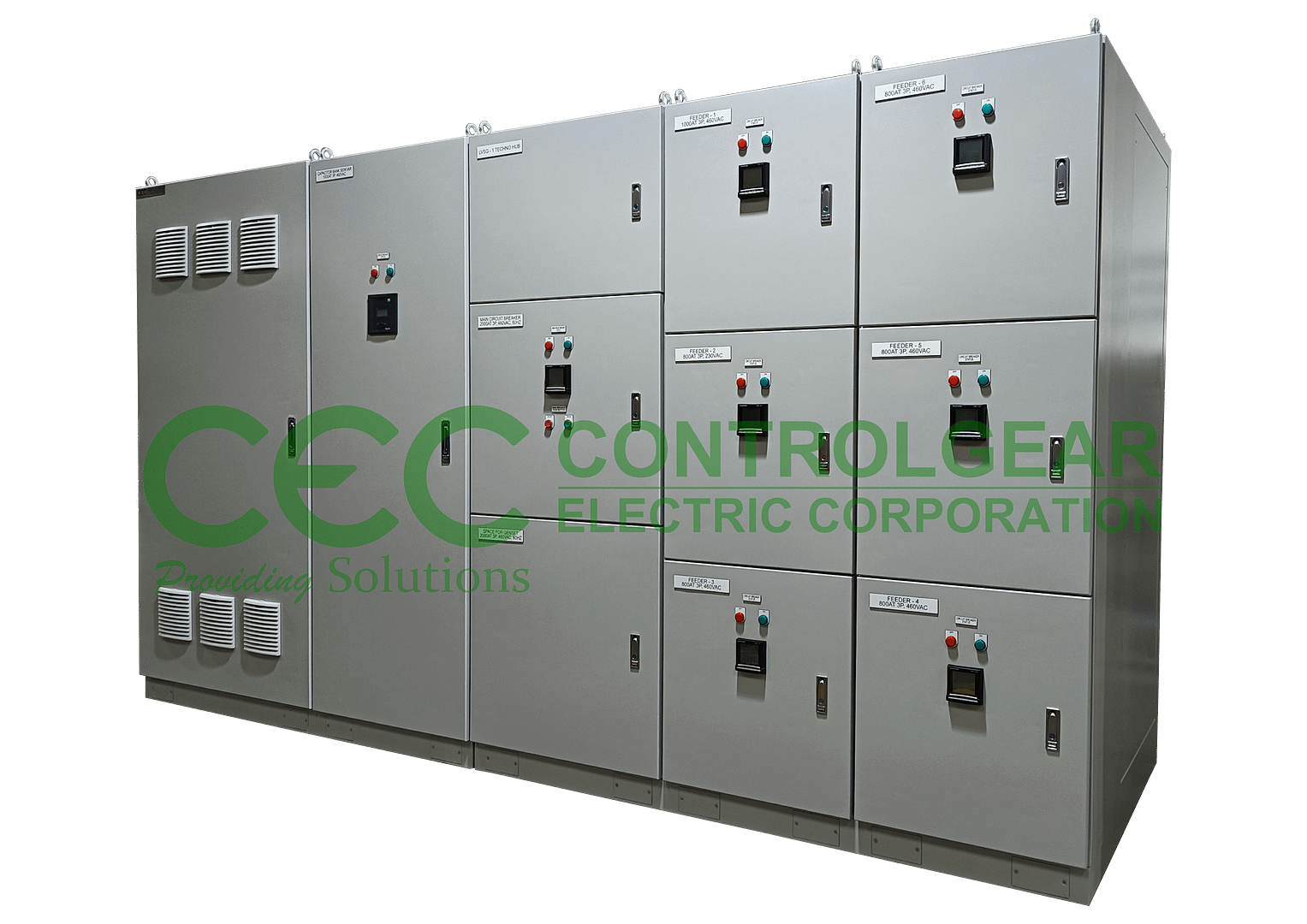
What is Switchgear?
A Switchgear or Electrical Switchgear is a generic term which includes all the switching devices associated with a mainly power system protection. it also includes all devices associated with control, metering and regulating of electrical power system. assembly of such devices in a logical manner forms a switchgear.
In an electric power system, a switchgear is composed of electrical disconnect switches, fuses or circuit breakers used to control, protect and isolate electrical equipment. Switchgear is used both to de-energize equipment to allow work to be done and to clear faults downstream. This type of equipment is directly linked to the reliability of the electricity supply.
In an electric power system, a switchgear is composed of electrical disconnect switches, fuses or circuit breakers used to control, protect and isolate electrical equipment. Switchgear is used both to de-energize equipment to allow work to be done and to clear faults downstream. This type of equipment is directly linked to the reliability of the electricity supply.
A switchgear assembly has two types of components:
- Power-conducting components, such as switches, circuit breakers, fuses, and lightning arrestors, that conduct or interrupt the flow of electrical power.
- Control systems such as control panels, current transformers, potential transformers, protective relays, and associated circuitry, that monitor, control, and protect the power-conducting components.
Switchgear Type :
There are three different classes of switchgear systems: low-voltage, medium-voltage, and high-voltage.

Medium – Voltage Switchgear
Medium voltage switchgear is a critical component of electrical power systems, used to control and protect electrical equipment and circuits in the voltage range of 1kV to 36kV.
Low-voltage switchgear is designed to regulate systems of up to 1KV. These are commonly found on the low-voltage sides of power-distribution transformers and are used across a variety of industries.

Switchgear Insulation Types:
With varying voltages, switchgear can also use different types of insulation to protect energized devices from electrical faults. Switchgear enclosures make use of the following insulation types.
- Gas-insulated electrical switching equipment
Gas-insulated switchgear (GIS) uses circuit breakers that employ pressurized sulfur hexafluoride gas (SF6) to insulate conductors and contacts and extinguish the arc current created by an electrical fault. Carbon dioxide (CO2) is a climate-friendly alternative to SF6. Replacing SF6 with CO2 can reduce greenhouse gas emissions by 10 tons over the equipment’s lifecycle.
- Air-insulated electrical switching equipment
Air-insulated switchgear (AIS) utilizes circuit breakers that use compressed air or magnetic force to elongate the arc so it will exhaust itself.
- Oil-insulated electrical switching equipment
Oil-insulated switchgear vaporizes the mineral oil along the arc path created when the current-carrying contacts separate and surrounds it with a hydrogen gas bubble that exhausts the current and prevents the arc from re-striking.
- Vacuum-insulated electrical switching equipment
Vacuum-insulated switchgear eliminates molecules that could be ionized by electric current. Any arc will be stretched and exhausted even as the voltage rises.

